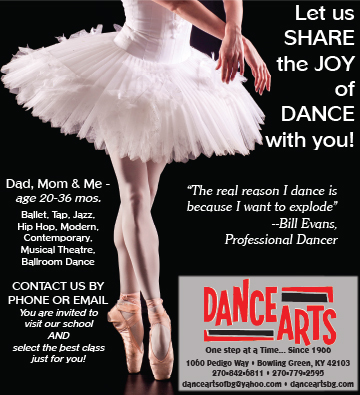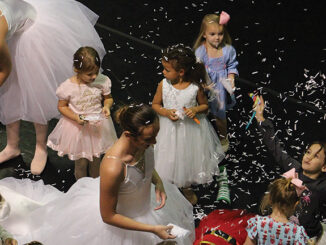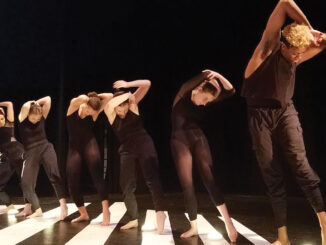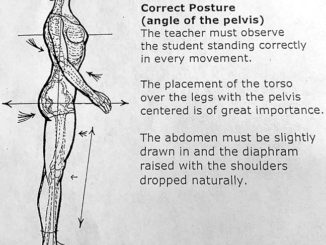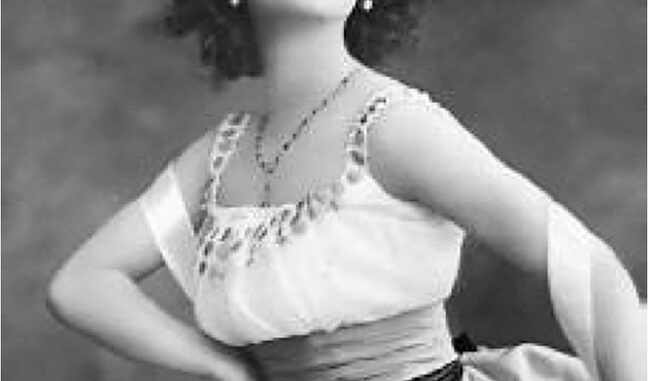
In the 19th century, classical ballet in the US was just a part of “popular culture.” In Europe, the arts had always been government supported to promote kings and tsars. America, by contrast, had been founded to free citizens from the control of political interest. The arts in America developed as a private and commercial affair, and the state kept a distance. As a result, dance school owners and teachers in the US are not required to have professional training, certification, nor meet educational requirements.
Please take note, before you read any further, that as an industry local dance school owners are aware of the necessity to maintain the correct technique of the art form. We accept the responsibility to sustain the quality of the professional dancer in the US. We take pride in holding ourselves and each other accountable.
“THE BEGINNING”
At the middle of the 19th century, ballet came to America through vaudeville, variety shows, musicals, and (later) film, through kick lines, gymnastic routines, and spectacles of beautiful girls. In 1866, an extraordinarily successful theatrical production packed with spectacular dancers opened in New York City entitled “The Black Cat.” It featured a company of more than seventy ballet dancers from Europe. The show ran so long that many of them never went back. The show’s star, an Italian Ballerina, later opened a school in New York. It is hardly surprising that even to this day dance teachers hear ballet students say, ”I want to become a ballet dancer and move to New York City.”
“THE RUSSIAN DANCERS ARRIVE”
In the early twentieth century all this changed with the arrival of the Russians in the wake of the first World War and the Russian Revolution. Sergei Diaghliev booked his company, Ballet Russes, into the Metropolitan Opera House, but most, including the renowned ballerina Anna Pavola, toured the vaudeville circuit. Pavola was a “rock star.” There was no doubt about the seriousness of her art. Her natural charisma and ardent commitment left a powerful impression on an entire generation of American performers.
“DANCE SCHOOLS OPEN ACROSS THE US”
When the dancers with the Ballet Russes became too old or tired to perform, many of these dancers opened schools. They fanned out and set down roots in cities and towns across the country. The long process of transplanting ballet to American minds and bodies began. One ballerina even started a mail-order business: for a modest sum, customers could receive a practice tunic, music, a ballet barre, and a weekly lesson. If they worked hard, advertisements suggested, they might join a famous Russian troupe and make millions… or could open a local dance school with minimum or no training. It was these Russians who seeded ballet in America, however, because the arts in America developed as a private and commercial affair and the real challenge of dedicated teachers was to sustain the integrity of the art form by not only training qualified professionals, but also to educate the public to recognize quality training.
“THE GOLDEN AGE OF OF ART AND IDEAS”
By 1945 Europe was exhausted at the end of World War II. America, by contrast, had suffered extraordinarily little. A critical mass of talent and energy spanning the arts, sciences, and humanities cultivated a flux of highly educated talent to the US. As the middle classes grew more affluent, children flooded into suburban music and dance schools and new audiences flocked to theaters. By 1960, television introduced programs such as The Ed Sullivan Show featuring dancers and musicians.
“THE INTRODUCTION OF THE ONLINE DANCE SCHOOL”
With the current global lockdown due to the spread of the Coronavirus, dance schools worldwide are now offering their classes online. We are living in this moment at the beginning of the 21st Century that will have a sustaining impact on humanity. Now the task of the dance school to remain diligent to offer quality classes is more of a challenge than ever before. As educators we will have to learn to use the online class as a tool, but not a substitute, for the live class experience.
“OUR COMMITMENT TO FACE THE CHALLENGE”
Dance Arts of Bowling Green opened in 1966 at the time when dance schools were extremely popular with youth. We quickly learned the importance of continued dance education classes for our teachers, accepted the task of staying current with the evolution of the art form, while teaching dance history, anatomy, and correct technique.
HOW EXCITING AS AN ARTIST TO BE ALIVE DURING THIS GREAT HISTORICAL MOMENT IN THE 21ST CENTURY. INNOVATIVE TECHNIQUES AND TRAINING METHODS WILL BE FREE TO EXPLODE! IT IS NOW MORE IMPORTANT THAN EVER BEFORE THAT THE DANCE SCHOOL INDUSTRY WORLDWIDE MAINTAIN THE INTEGRITY OF THE ART FORM OF DANCE.
Reference: Apollo’s Angles, A History of Ballet, by Jennifer Homans
-by Martha Madison
About the Author: Martha Madison has studied dance at Western Kentucky University and the University of South Florida. She is a graduate of the Dance Educators of America Teacher Training School and is currently co-director of Dance Arts of Bowling Green.

